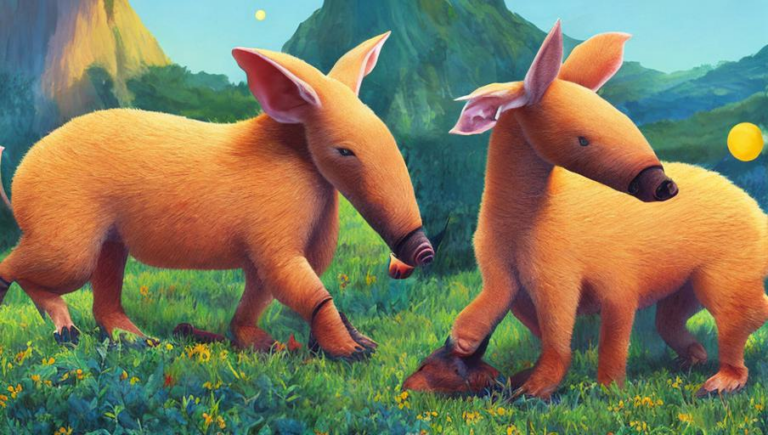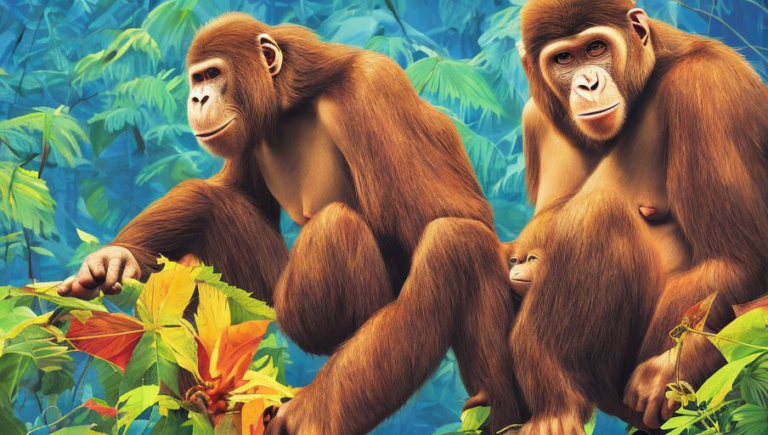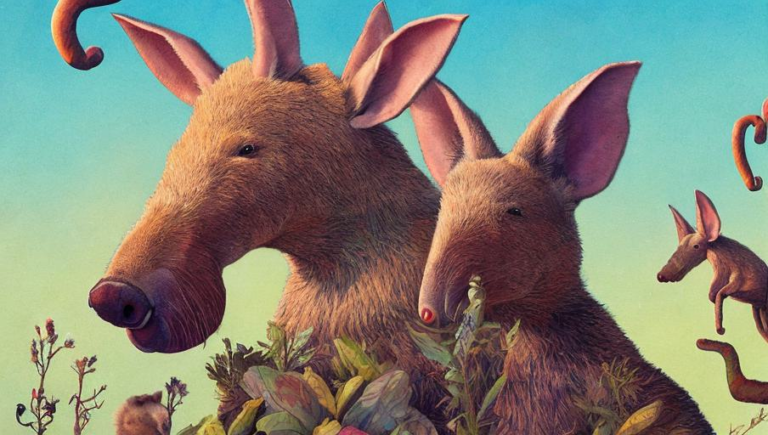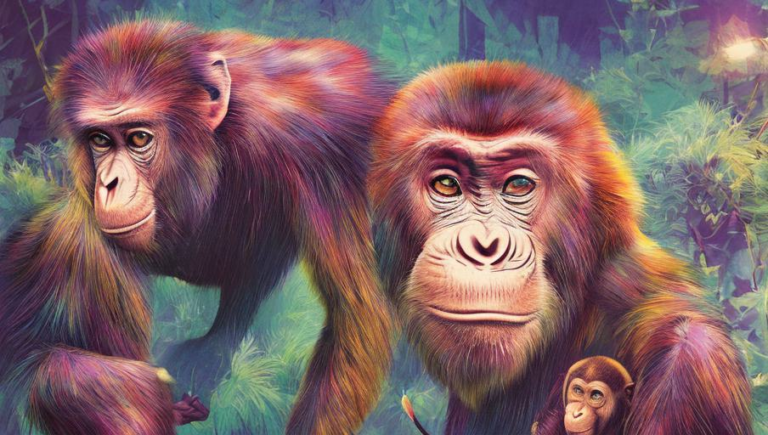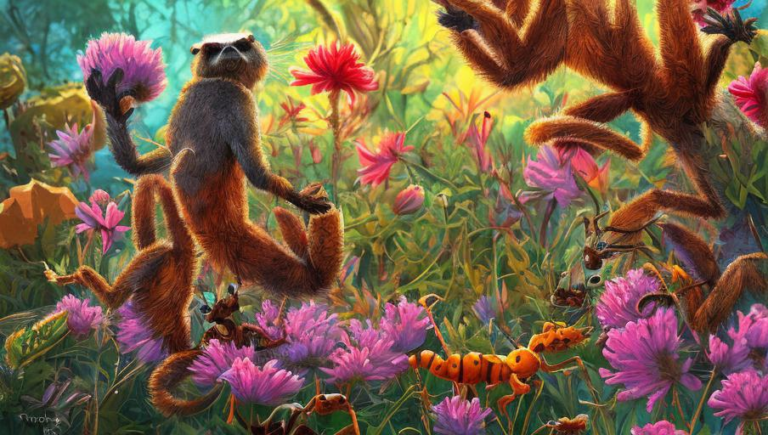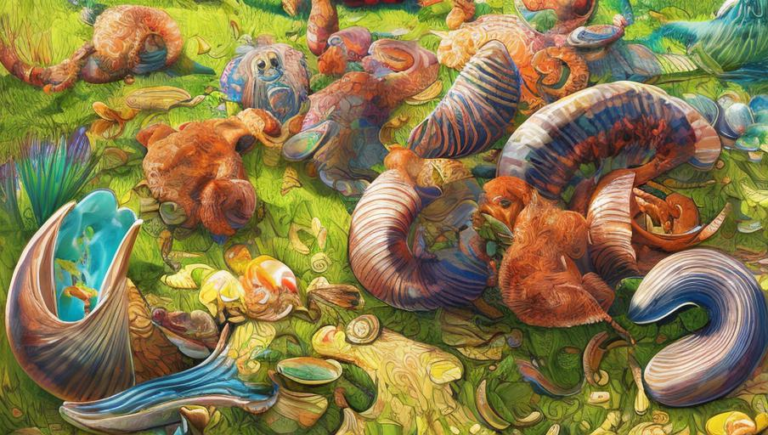Examining the Impact of Human Activity on Butterfly Populations
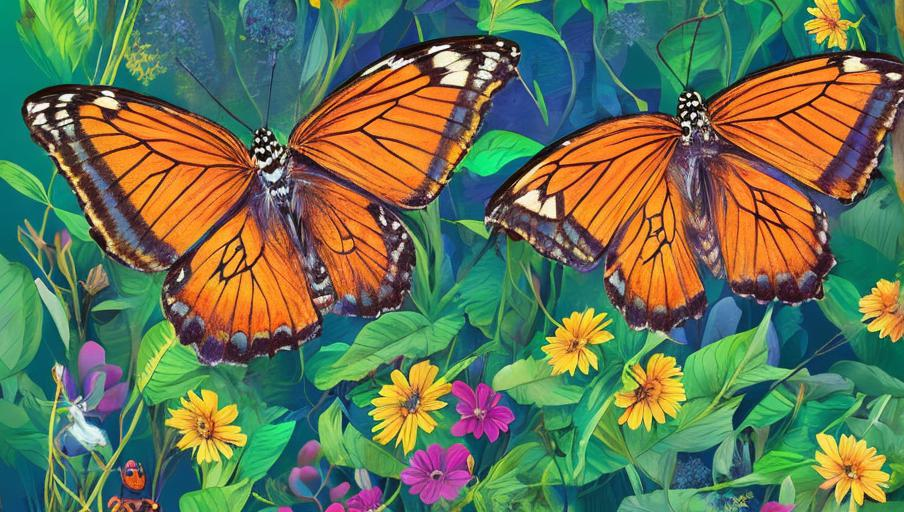
Introduction
Butterflies are some of the most beautiful creatures on the planet. They are also very important pollinators, and many of the ecological services they provide are essential for the health and wellbeing of the environment. Unfortunately, human activities such as deforestation and the use of pesticides are having a detrimental effect on butterfly populations around the world. In this article, we will take a closer look at the impact of human activity on butterfly populations and explore ways to protect them and their habitats.
Deforestation and Habitat Loss
Deforestation is one of the most significant threats to butterfly populations. When forests are cleared, butterflies lose their habitat and have difficulty finding food and shelter. In addition, the destruction of forests can lead to the fragmentation of butterfly habitats, which can further reduce their populations. To make matters worse, deforestation can also cause changes in microclimates, including temperature and humidity levels, which can be detrimental to some butterflies.
Pesticide Use
The use of pesticides is another major threat to butterfly populations. Pesticides can kill the larvae of butterflies, as well as the adults, and can also contaminate their food sources. In addition, butterflies can be killed when they come into contact with the pesticides, or when they ingest them. Pesticides can also affect the reproductive capabilities of butterflies, as well as their ability to survive in their habitats.
Climate Change and Global Warming
Climate change is another major threat to butterfly populations. Global warming is causing temperatures to rise, which can be detrimental to butterflies. In addition, rising temperatures can cause drought, which can lead to the destruction of butterfly habitats. Climate change can also lead to changes in the availability of food and shelter for butterflies, making it difficult for them to survive.
What Can We Do?
Fortunately, there are several things that we can do to help protect butterfly populations. We can reduce deforestation and improve habitat protection. We can also reduce the use of pesticides and other chemicals that can be harmful to butterflies. In addition, we can help create more butterfly-friendly habitats by planting native flowers and shrubs, as well as providing shelter for them. Finally, we can help reduce the effects of climate change by reducing our own carbon footprint.
Conclusion
Butterflies are important pollinators, and their populations are being threatened by human activities. Deforestation, pesticide use, and climate change are all having a detrimental effect on butterfly populations around the world. Fortunately, there are several things we can do to help protect them and their habitats. By reducing deforestation, reducing the use of pesticides, and creating more butterfly-friendly habitats, we can help ensure that future generations can enjoy these beautiful creatures.
